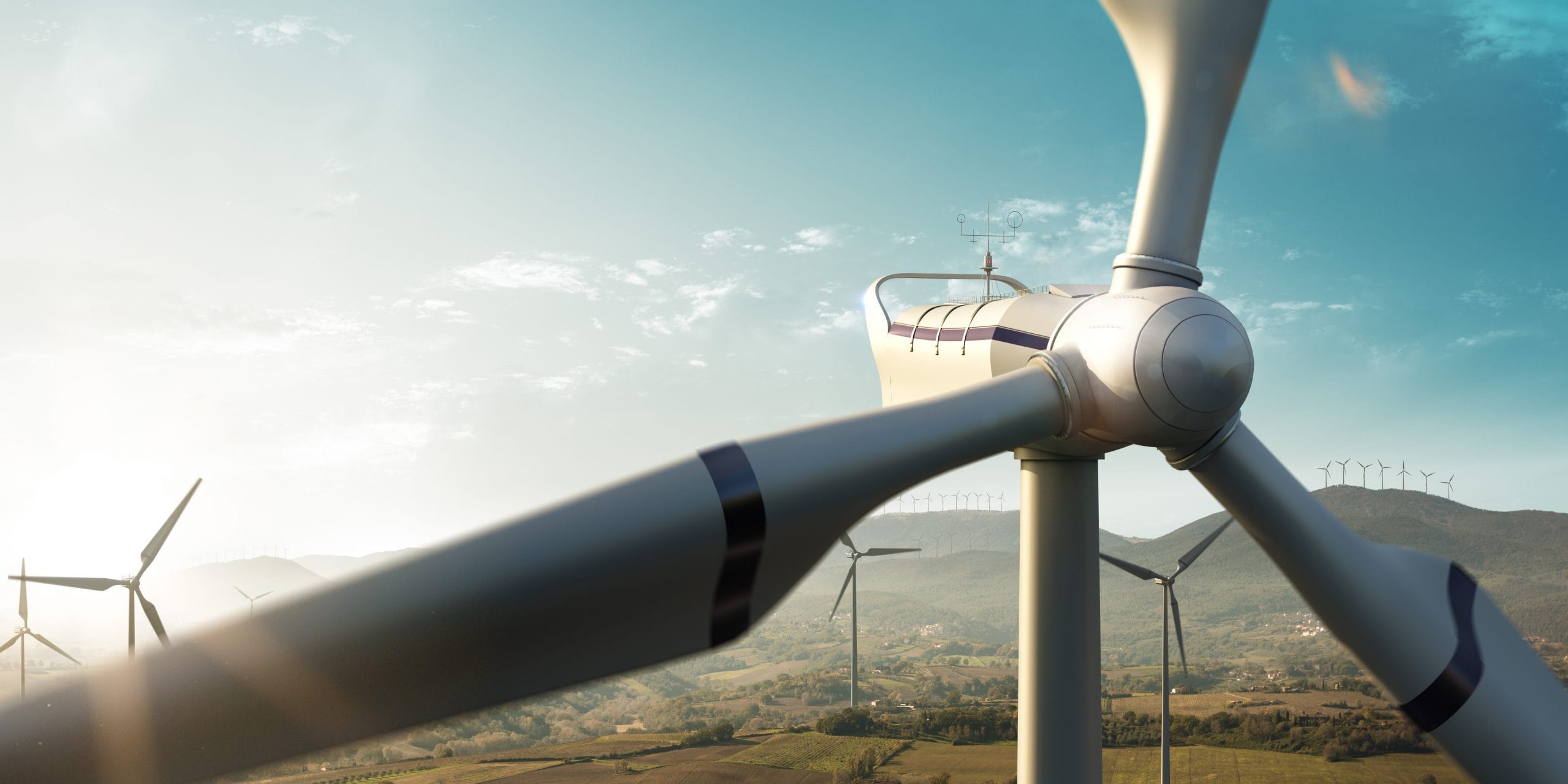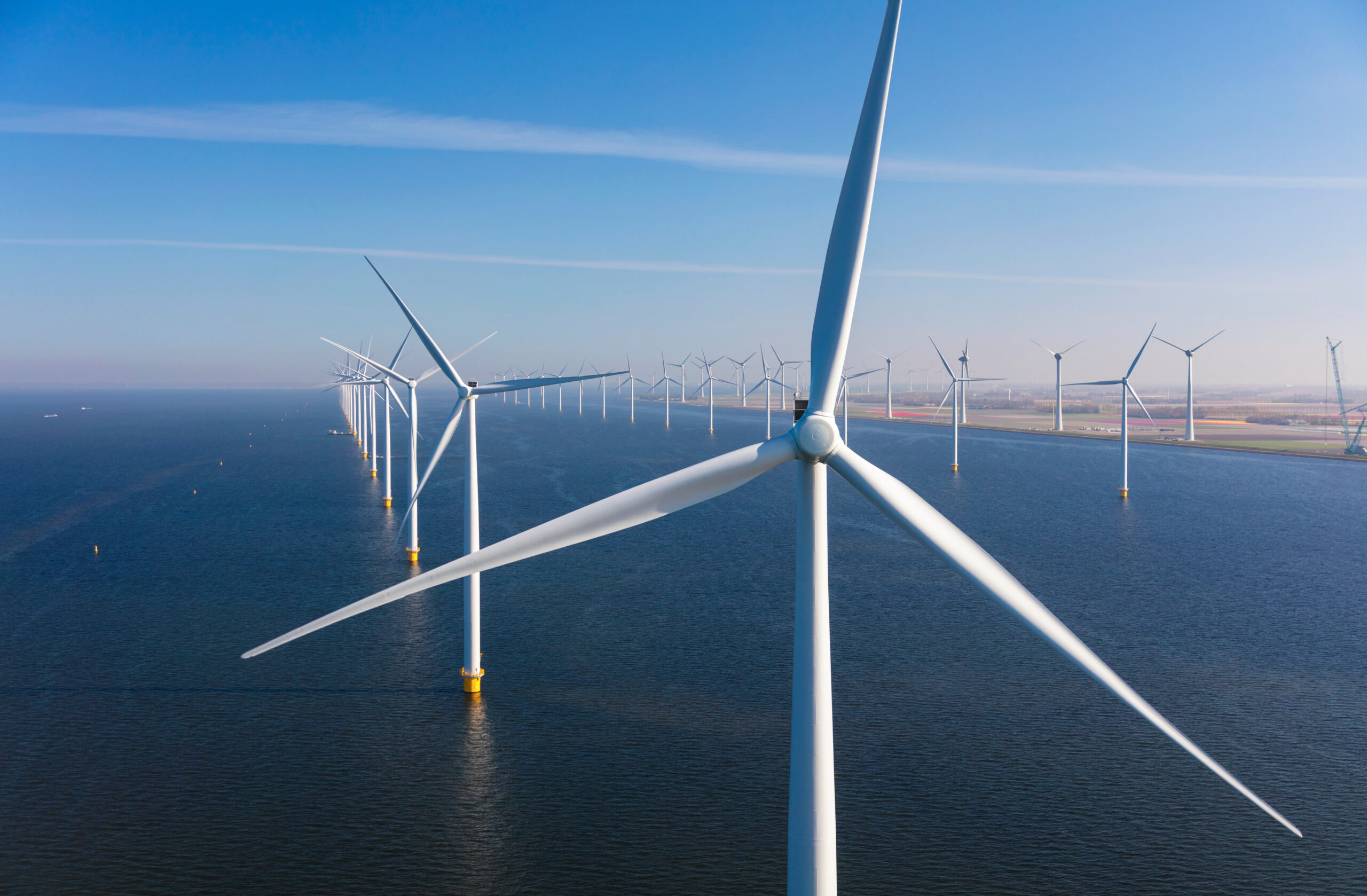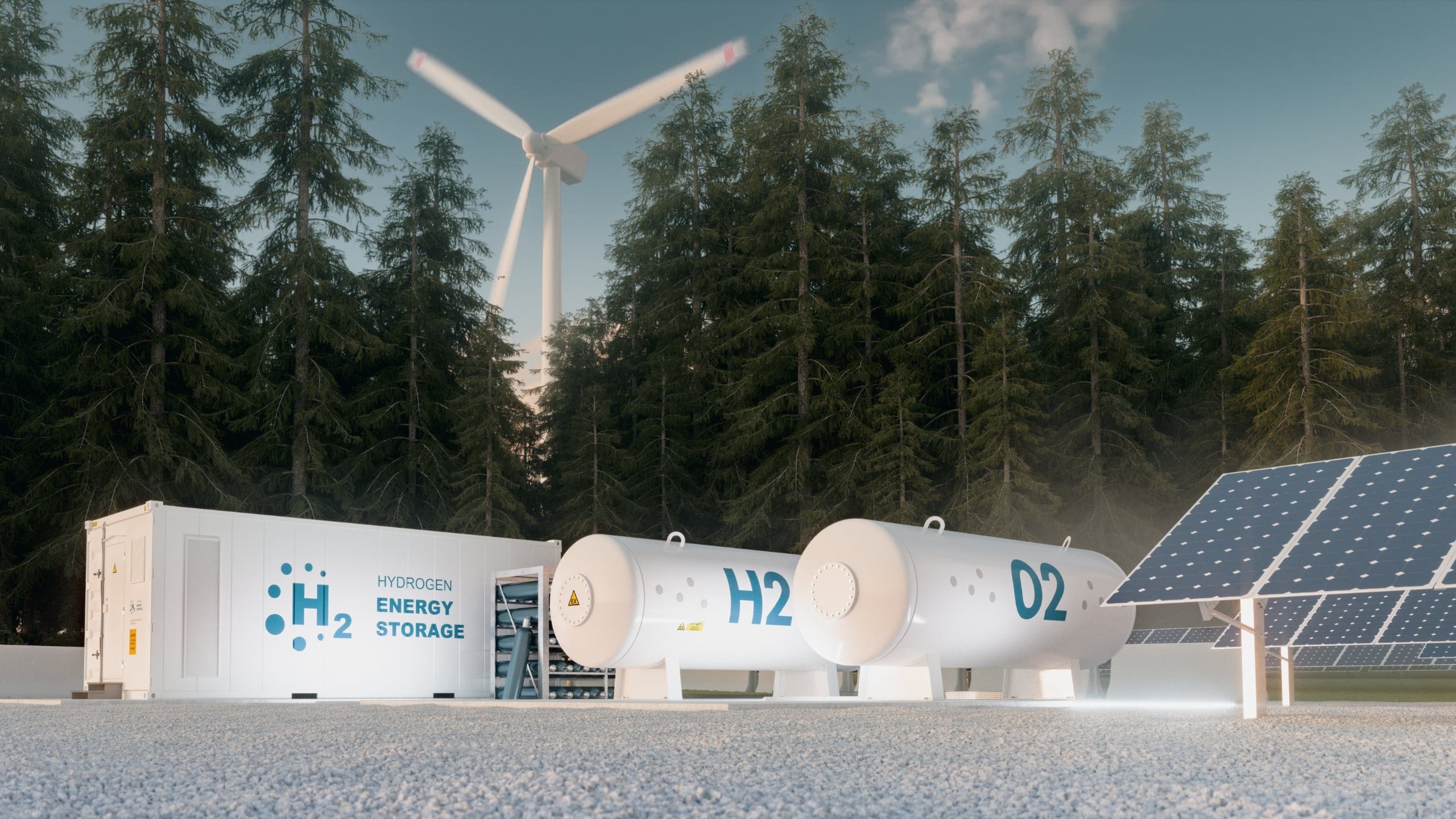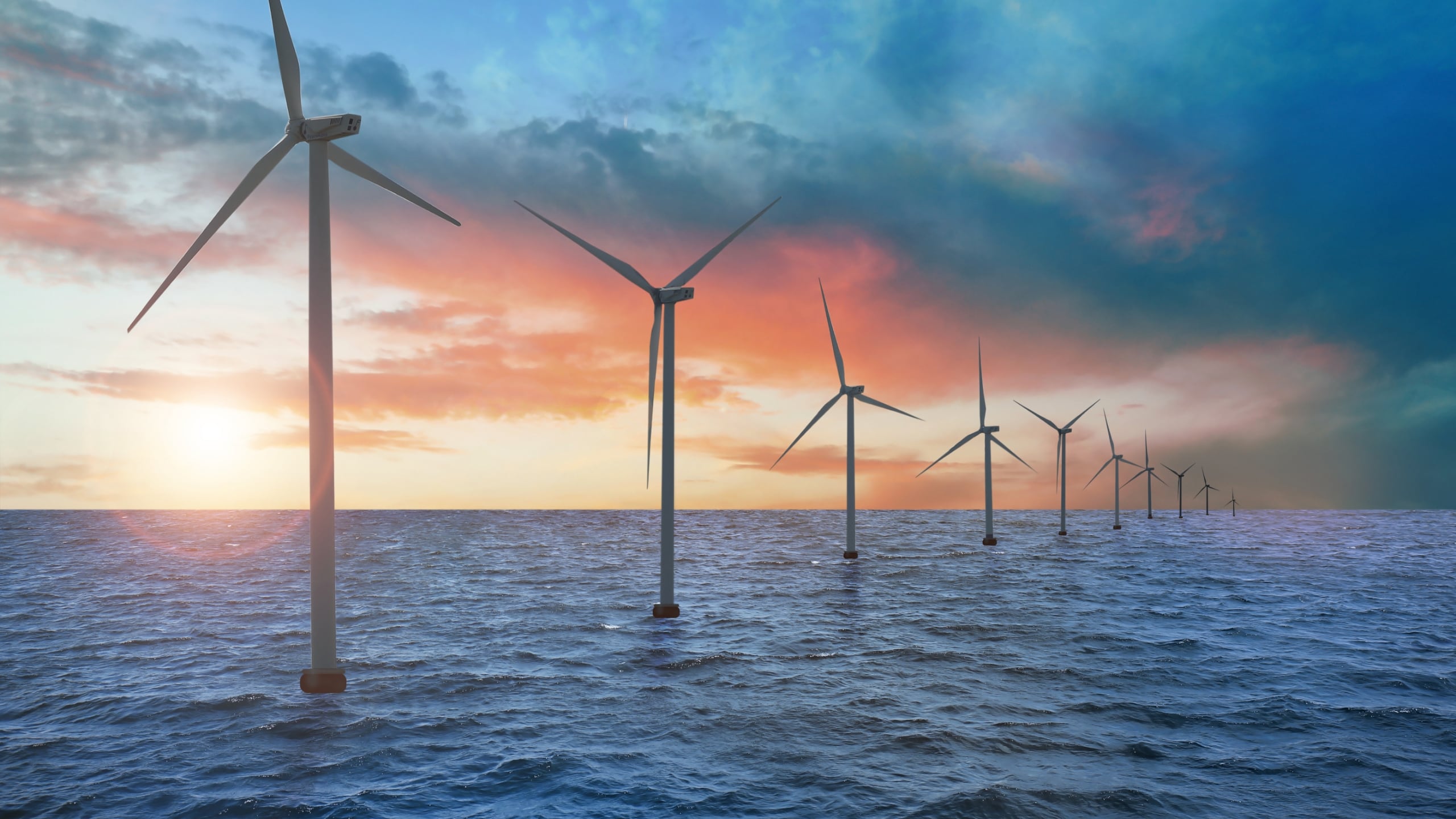NEWS & INSIGHTS | article
A cross-sector approach could see the UK become a global leader in wind turbine recycling

The wind sector offers a huge opportunity for the UK to become a global leader in wind turbine blade recycling if a cross-industry approach is taken, reports the Energy Transition Alliance, a collaboration between the Net Zero Technology Centre and Offshore Renewable Energy (ORE) Catapult.
The report, Sustainable Decommissioning – Wind Turbine Blade Recycling Phase 2, funded by the Offshore Wind Innovation Hub (OWIH), highlighted that approximately 14,000 wind turbine blades are expected to reach the end of their usable life within the next three years. It is estimated that by 2023, up to 50,000 tonnes of composite material could be recovered and recycled for a variety of re-use applications. By driving forward a better understanding of the circular economy, the possibility of disposal in landfill or incineration can be avoided and liability reduced.
There has been significant investment within the renewable energy sector to improve installation, operations and maintenance. The focus is now shifting to sustainable end-of-life management as the first offshore wind farms approach decommissioning in the next ten years.
Over the next three decades, the industry faces significant growth in the scale of turbines expected to be decommissioned and is seeking solutions for lifetime extension and more sustainable end-of-life management, such as repowering and circular economy practices.
This report is the second part of a series focusing on re-use and recycling opportunities in the wind sector, with the first report identifying that an extra 20,000 jobs could be created with a circular economy for wind turbines.
This new report identifies five key areas that the sector must address to achieve a more circular economic model:
- Encouraging the use of materials that will be more compatible with a circular economy
- Developing processes that are cheaper and easier for recovery of materials during decommissioning
- Creating industrial-scale pilot projects to validate new methods and technologies for recycling
- Establishing a supply chain market for recycled material
- Educating the marketplace on opportunities for recycled materials from wind turbines.
Discussing the report and its findings, Pamela Lomoro, Project Manager at the Net Zero Technology Centre said:
“Wind energy has already proven to be a key contributor in supporting the move to net zero; however, the early generation of turbines are now being decommissioned and replaced with higher capacity models.
“This report shows that significant progress has been made in the research, development and deployment of renewable technology. The industry has now turned its focus to the end-of-life and decommissioning phases, where it is looking to replicate this success.
“The report illustrates what can be achieved in this industry if we can develop a collaborative approach that involves all sectors striving for sustainable decommissioning. With input from manufacturers through to end users, we can reinvent how wind turbines are recycled.”
Over the past 30 years, the drive to achieve higher energy yields and economic efficiency has led to turbine designs of increasingly larger sizes and high-performance materials.
While wind turbines are widely expected to be up to 90 per cent recyclable, the blades, which are made from composite layers of stiff carbon or glass fibres in a resin matrix, are notoriously challenging to reclaim and reprocess, and remain the most significant hurdle to achieving full wind turbine recyclability.
Lorna Bennet, Project Lead at ORE Catapult said:
“The innovation challenge to create a circular economy within the wind industry is vast, but hugely exciting. This is a significant opportunity for the supply chain, given the huge volume of decommissioning and industry expansion ahead.
“The best solution is likely to come from a multi-sector approach because of the economies of scale required to create a market for recycled material. Likewise, the drive for better practices in recycling techniques and to develop better research and technologies will come from innovation and cross-industry collaboration.
“WindEurope estimates that 10% of all composite material waste will come from the wind sector over the coming years. It is a massive opportunity and with the right funding, policy direction and appetite, we could see the UK become a global leader in circular economy solutions.”
Subscribe for the latest updates



